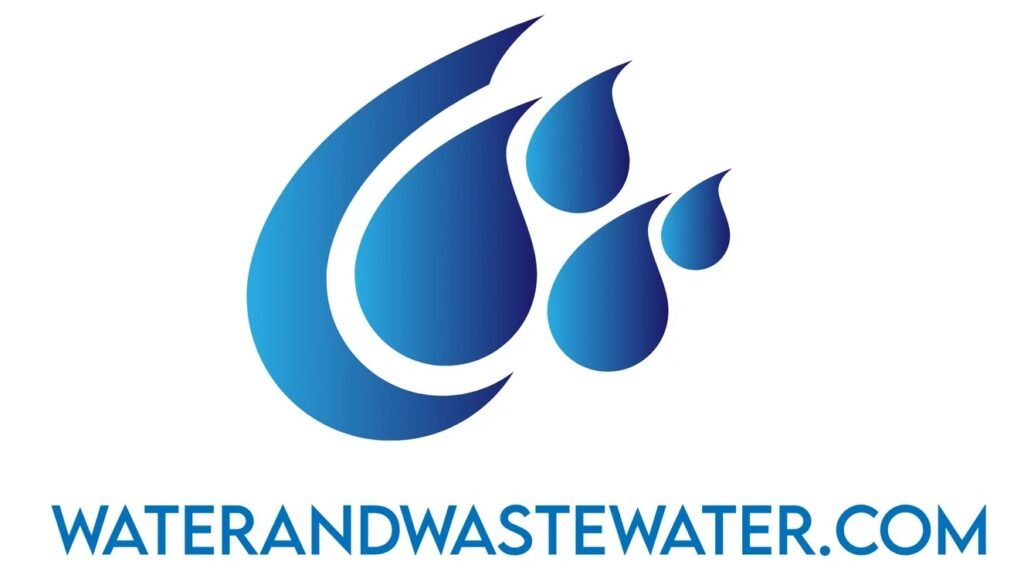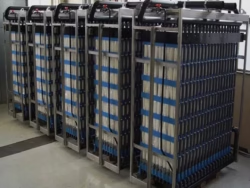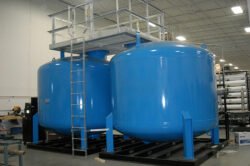
Amberlite Cation Exchange Resin
Comprehensive Overview of Amberlite Cation Exchange Resin
Introduction
Cation exchange resins are essential materials in a variety of industrial and laboratory applications, chiefly for water treatment, metal recovery, and in the chemical synthesis processes. Amberlite cation exchange resins, produced by the Dow Chemical Company, are among the most widely used cation exchange materials due to their exceptional performance and versatility. This article provides a comprehensive overview of Amberlite cation exchange resin, encompassing its composition, structure, types, applications, and advantages in various fields.
What is Cation Exchange Resin?
Cation exchange resins are synthetic polymers that have the ability to exchange cations in a solution for other cations of similar charge. These resins are typically composed of a crosslinked polystyrene framework, which provides structural stability and durability. They contain acidic functional groups (such as sulfonic acid or carboxylic acid groups) which are responsible for the cation exchange process.
Mechanism of Cation Exchange
The cation exchange process involves the following steps:
- Absorption: Cations in the solution interact with the functional groups of the resin.
- Ion Exchange: The resin cations (often sodium or hydrogen ions) are displaced by the solution cations, effectively binding to the resin.
- Regeneration: Once the resin has reached saturation, it can be regenerated using a concentrated solution of the original cation (e.g., sodium chloride), thereby restoring its original ion-exchange capacity.
The ability to selectively exchange ions makes cation exchange resins valuable in various applications, from water purification to the recovery of specific metals.
Overview of Amberlite Cation Exchange Resin
Amberlite is a series of cation exchange resins specifically designed to meet the diverse needs of industries. The Amberlite brand is recognized for its superior ion exchange properties, chemical stability, and broad applicability.
Composition and Structure
Amberlite resins are manufactured using a polystyrene-divinylbenzene copolymer. This structure gives the resin high mechanical strength and stability under a range of operational conditions. The introduction of acidic functional groups, typically sulfonate groups, allows for the binding and exchange of cations.
-
Functional Groups: The performance characteristics of Amberlite cation exchange resins vary based on the type and concentration of the functional groups used. The most common functional group in Amberlite resins is the sulfonic acid (-SO3H) group, known for its high ion exchange capacity.
- Porosity: The degree of crosslinking affects the porosity of the resin beads, influencing their swelling properties, mechanical robustness, and kinetic performance during ion exchange.
Types of Amberlite Cation Exchange Resins
Amberlite resins are classified into various categories based on their structure, functional groups, and applications. Here are some of the predominant types:
-
Amberlite IR120: This is a strong acid cation exchange resin with a high capacity for calcium and magnesium ions. It is frequently used for water softening.
-
Amberlite IRC50: A weak acid cation exchange resin, suitable for high-purity water production and deionization processes.
-
Amberlite CG50: Another weak acid cation resin typically employed in the food and beverage industry for removing undesirable ions.
-
Amberlite XAD Series: Adsorption resins that, while not strictly cation exchange resins, have applications in the extraction and recovery of specific ions in industrial processes.
- Amberlite IRA: Although primarily an anion exchange resin, the IRA series can work in tandem with cation resins for complete water demineralization.
These diverse types of products allow for tailored solutions depending on the specific needs in various applications.
Applications of Amberlite Cation Exchange Resins
1. Water Treatment
One of the most significant applications of Amberlite cation exchange resins is in water treatment. They play a crucial role in the processes of deionization, softening, and clarification.
-
Water Softening: The strong acid cation resin, Amberlite IR120, is widely used to replace hardness ions (calcium and magnesium) with sodium ions. This process reduces scaling and improves the efficiency of boilers and cooling systems.
-
Deionization: Amberlite resins are integral to mixed-bed ion exchange systems, where they are used to remove both cations and anions from water, producing ultrapure water essential for pharmaceuticals, electronics, and laboratory uses.
- Desalination: These resins contribute to the desalination processes where salts are efficiently removed, and freshwater is produced.
2. Chemical Manufacturing
In chemical manufacturing, Amberlite cation exchange resins serve various roles, including as catalysts, in chromatographic separations, and for the purification of products.
-
Catalysis: Certain Amberlite resins provide catalytic properties due to their acidic functional groups, enabling reactions such as esterification and hydrolysis.
- Chromatographic Separation: The selectivity of Amberlite resins allows for separation processes in various chemical reactions, aiding in the isolation of desired products.
3. Food and Beverage Processing
In the food and beverage industry, Amberlite cation exchange resins are employed in processes like sugar decolorization, fruit juice purification, and removal of undesirable flavors or salts.
-
Sugar Clarification: Amberlite resins are used to remove color and impurities from sugar syrup, resulting in a clear and high-quality product.
- Juice Purification: The removal of metal ions and other impurities in fruit juices enhances the taste and quality, making Amberlite resins a crucial component in juice production facilities.
4. Metal Recovery
Amberlite cation exchange resins have found a place in the recovery of valuable metals from industrial processes, particularly in hydrometallurgy.
-
Recovery of Precious Metals: In gold, silver, and other precious metals recovery applications, Amberlite resins selectively capture metal ions from leach solutions, allowing for efficient extraction and recycling.
- Radioactive Waste Management: Certain Amberlite resins can isolate radioactive cations from waste streams, thereby aiding in the management and disposal of hazardous materials.
5. Pharmaceutical Applications
In the pharmaceutical industry, Amberlite cation exchange resins are pivotal in purification processes and drug formulation.
-
Drug Purification: Amberlite resins are used to purify active pharmaceutical ingredients (APIs) by removing ions and impurities, ensuring high purity and efficacy of the final product.
- Controlled Drug Release: Certain formulations utilize cation exchange properties to control the release of drugs from polymer matrices, providing sustained therapeutic effects.
6. Research and Development
In academic and industrial laboratories, Amberlite cation exchange resins are employed in various research studies, particularly those involving ion exchange chromatography.
-
Analytical Chemistry: Researchers utilize Amberlite resins for the analysis of ionic species, gaining insights into the composition of complex mixtures.
- Environmental Monitoring: The capability of Amberlite resins to selectively capture ions enables their use in monitoring metal concentrations in environmental samples.
Advantages of Amberlite Cation Exchange Resins
Amberlite cation exchange resins offer numerous benefits that contribute to their widespread use across various industries:
-
High Ion Exchange Capacity: The design and functionalization of Amberlite resins provide a high capacity for ion exchange, enhancing the efficiency of processes that rely on ion removal.
-
Chemical Stability: Amberlite resins are resistant to harsh chemicals and a wide range of pH levels, making them suitable for various industrial applications.
-
Regenerability: The ability to regenerate these resins ensures a long operational life, leading to lower overall costs and reduced waste generation.
-
Selectivity: The selective nature of cation exchange resins allows for targeted removal of specific ions, thereby improving the quality and purity of products.
- Ease of Use: Amberlite resins are commercialized in a format that is easy to handle, transport, and implement in different systems, allowing for seamless integration into existing processes.
Challenges and Considerations
Despite their many advantages, there are challenges associated with the use of Amberlite cation exchange resins that require careful consideration:
-
Hydraulic Characteristics: The flow rate of water through resin beds is crucial; improper velocities can lead to issues like channeling or inefficient ion exchange.
-
Fouling: Organic matter, particulates, or iron oxides can foul resin beds, reducing their effectiveness and requiring more frequent regeneration or replacement.
-
Cost: While generally economical over the long term, the initial investment for high-quality Amberlite resins can be significant, especially for large-scale applications.
- Temperature Sensitivity: Elevated temperatures can affect the stability and performance of resin; thus, operating conditions must be monitored closely.
Conclusion
Amberlite cation exchange resins are among the leading ion exchange materials in various applications, ranging from water treatment to pharmaceuticals. Their unique properties, such as high ion exchange capacity, chemical stability, and selectivity, make them an invaluable tool across multiple industries.
As industries continue to seek efficient and sustainable solutions for processing and treating chemical compounds, Amberlite cation exchange resins are likely to remain at the forefront of ion exchange technology.
Researchers and industries are continuously exploring new applications and improvements in resin technology, ensuring that Amberlite remains a critical component of modern industrial practices. The ongoing developments in resin formulations, performance optimization, and regeneration strategies will only enhance the role these resins play in the future of chemical processing and environmental sustainability.

